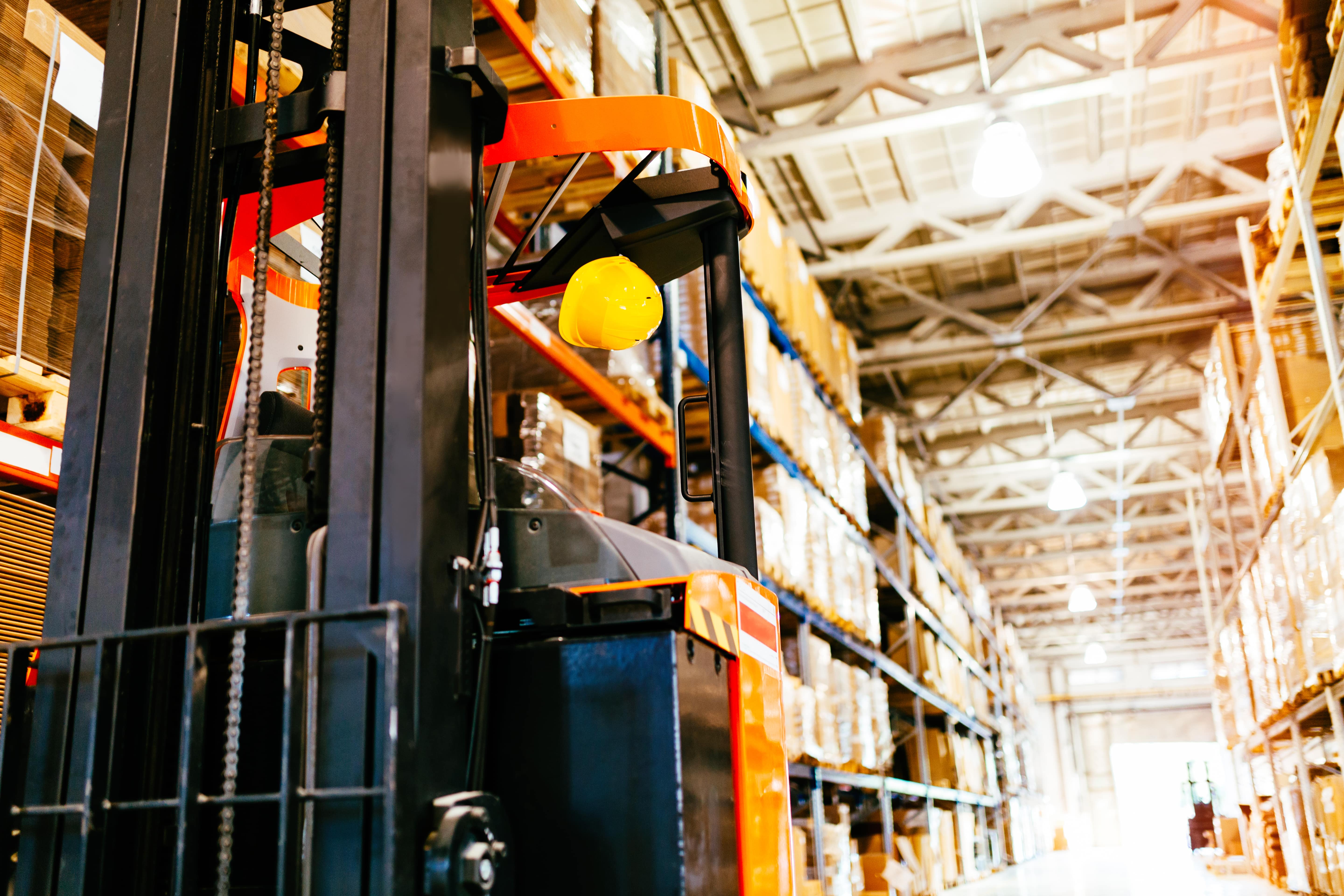Manufacturers today face a critical balancing act: how to elevate throughput the speed at which finished goods roll off the line while simultaneously reducing inventory
.jpg)
The Paradox at the Heart of Modern Manufacturing
Manufacturers today face a critical balancing act: how to elevate throughput the speed at which finished goods roll off the line while simultaneously reducing inventory to free up working capital and reduce obsolescence risk.
It’s a paradox only on the surface. In practice, leaders are resolving this tension by turning toward AI powered orchestration, scenario modeling, and ecosystem wide visibility to create smarter builds leaner, faster, and more resilient.
Static Builds are Costly. Dynamic Builds Are Competitive.
Traditional manufacturing runs on static schedules: fixed production cycles based on monthly forecasts, outdated BOMs, and disconnected planning teams. The output is excess inventory, missed build windows, and supplier misalignment.
By contrast, modern leaders are deploying dynamic build cadences, adjusting production in near real time using live demand signals, inventory thresholds, and supplier updates.
Case in point:
A global CPG company reduced excess packaging inventory by 21% by incorporating supplier constraint visibility and AI based reorder simulations into their weekly SIOP cadence. They shifted from quarterly planning to a rolling, biweekly rhythm without disrupting throughput.
Orchestration Engines: From Forecasting to Fulfillment
AI tools now act as orchestration engines by automating key decisions across BOM prioritization, supplier scheduling, and risk based order sequencing. Rather than relying on a single demand signal, these systems ingest multi source inputs (e.g., customer fill rates, tier 2 supplier shortages, inbound delays) to intelligently optimize production sequences.
Example:
An automotive Tier 1 supplier running builds for multiple OEMs incorporated tariff volatility into its scenario planning tool. By dynamically rerouting sourcing from lower cost regions based on tariff thresholds, they reduced annual landed costs by 9%, without compromising delivery schedules.
Visibility Across the Ecosystem: From Plant to Tier 2
Throughput and inventory are often bottlenecked by unseen constraints parts stuck at the port, components delayed at tier 2, or incorrect substitutions not flagged in time.
Leaders are moving from node level ERP views to full multi tier ecosystem visibility, incorporating supplier collaboration apps that show PO level tracking, lead time changes, and acknowledgment gaps.
This not only reduces the buffer inventory manufacturers keep “just in case” but also accelerates recovery from disruptions.
Unlocking White Space Through Scenario Modeling
The most advanced organizations aren’t just reacting they’re anticipating. Using AI powered what if modeling, they explore hundreds of permutations for build readiness, from machine downtime to labor shortages. For example:
Executive Imperative: Treat Inventory as a Strategic Lever
Inventory should no longer be viewed as a byproduct of production it is a strategic lever for financial health, customer service, and supply chain resilience.
Companies that master this paradox increasing throughput while lowering inventory are those that have embraced orchestration, visibility, and data driven agility across every level of their build ecosystem.
Test your own scenarios with TADA’s Clean TO! Build and see the impact in minutes.
Try TADA Clean TO! Build
Test your own scenarios with TADA’s RM Inventory Manager and see the impact in minutes.
Try RM Inventory Manager

Use TADA’s Tariff Manager to model costs, build agility, and protect margins.
Try the Tariff Manager
Test your own scenarios with TADA’s Tariff Manager and see the impact in minutes.
Try the Tariff Managerest your own scenarios with TADA’s RM Inventory! Manager and see the impact in minutes.
TRY RM Inventory! Manager